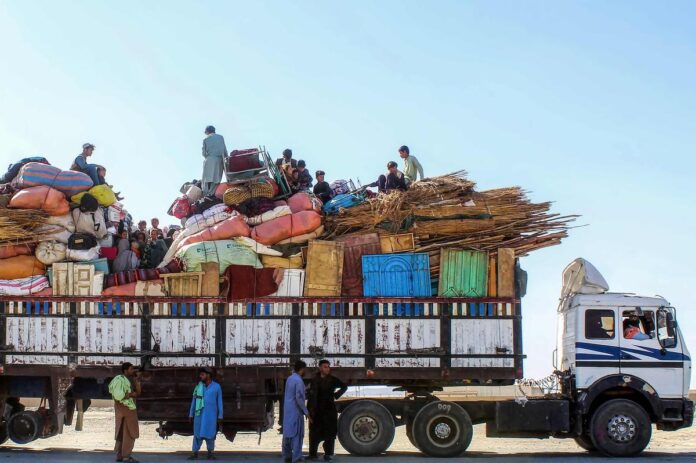The long-simmering tensions between Pakistan and the Taliban-led government in Afghanistan erupted violently this week, marking what analysts describe as the most serious military confrontation between the two sides since the Taliban seized power in 2021.
On October 11 and 12, heavy fighting broke out along the Durand Line the disputed border separating Pakistan and Afghanistan leading to significant casualties on both sides.
According to the Pakistan military, its forces carried out “precision strikes and physical raids” on what it called “Taliban camps, terrorist training facilities, and support networks” operating from Afghan soil. Islamabad claimed its operations eliminated over 200 fighters allegedly linked to Fitna al Khwarij (FAK), Fitna al Hindustan (FAH), and ISKP/Daesh.
The Taliban government, in turn, claimed that 58 Pakistani soldiers were killed in retaliatory attacks, accusing Islamabad of violating its sovereignty.
“If the opposing side violates Afghanistan’s territory again, our armed forces are ready to defend their land and will respond firmly,” the Taliban’s Defence Ministry warned in a statement.
At the heart of the crisis lies a deep ideological and strategic rift between Pakistan’s military establishment and the Taliban regime it once nurtured. For decades, Pakistan’s security apparatus viewed the Taliban as a proxy force a means to secure “strategic depth” in Afghanistan and counter Indian influence in the region. Islamabad expected the Taliban’s return to power in 2021 to cement its regional leverage.
However, the new Taliban leadership has increasingly sought to assert independence from Islamabad’s control, refusing to act as a vassal state. The group’s unwillingness to rein in Tehrik-i-Taliban Pakistan (TTP) a militant outfit targeting Pakistani forces has been a particular flashpoint.
“Pakistan assumed that the Taliban would deliver on its security concerns. Instead, Kabul’s silence on TTP activities has exposed how little influence Islamabad now holds,” said a former Pakistani diplomat familiar with the security establishment.
This latest clash signals a strategic realignment in South and Central Asia. The Taliban’s growing defiance reflects Kabul’s attempts to diversify alliances, particularly with China, Iran, and Russia, while reducing its dependence on Pakistan. Meanwhile, Pakistan’s internal instability marked by economic distress, political turmoil, and increasing militancy has left its military overstretched and its foreign policy reactive rather than strategic. For Islamabad, the immediate challenge is the resurgence of cross-border terrorism and TTP sanctuaries within Afghanistan threats that it once believed its allies in Kabul would suppress.
The Durand Line, drawn by the British in 1893, has long been a contentious issue between the two nations. Afghanistan has never officially recognized it as an international border, viewing it instead as a colonial imposition that divides Pashtun communities. In contrast, Pakistan insists the line is legally binding a stance that has often turned the frontier into a battleground of nationalism, militancy, and mistrust.
The current confrontation underscores the collapse of Pakistan’s long-standing illusion of control over the Taliban. What was once a relationship of patron and client has now evolved into one of equals and adversaries. As Pakistan struggles to manage the fallout from its own economic and political crises, and as the Taliban asserts sovereignty over Afghan affairs, a new chapter of volatile, mistrust-laden engagement between the two neighbors has begun.
Unless both sides open direct security and diplomatic channels, the border conflict risks igniting a broader regional crisis one that could draw in external players like China, Iran, and the United States, each with competing stakes in Afghanistan’s future.








